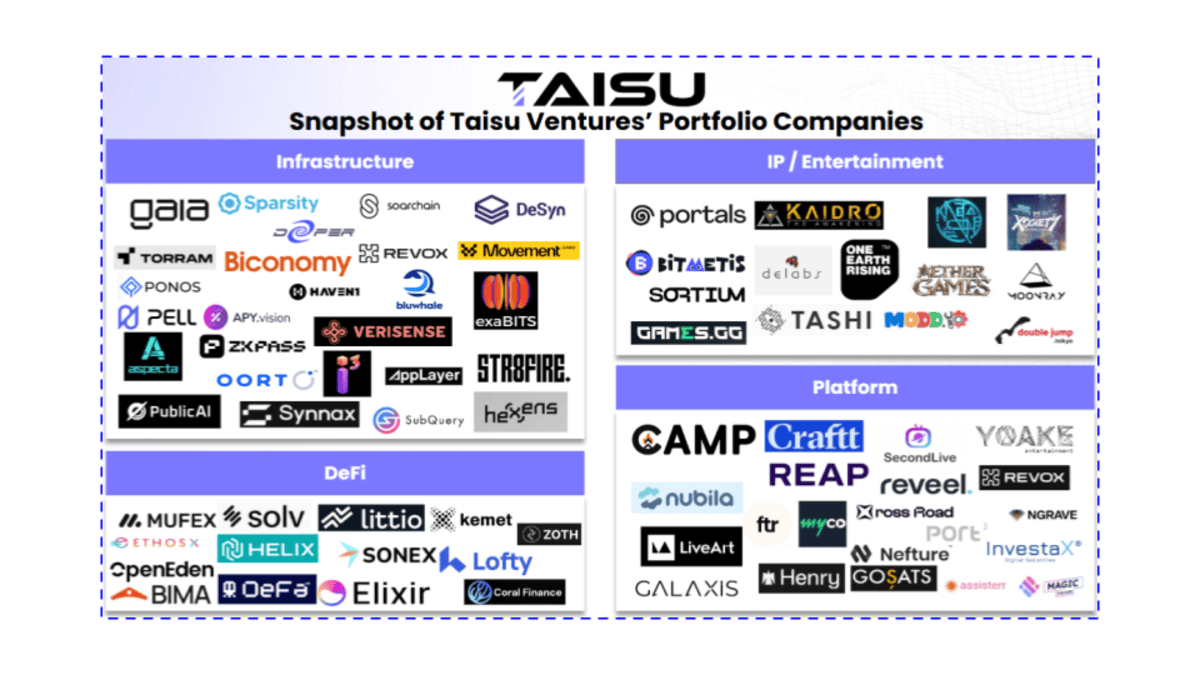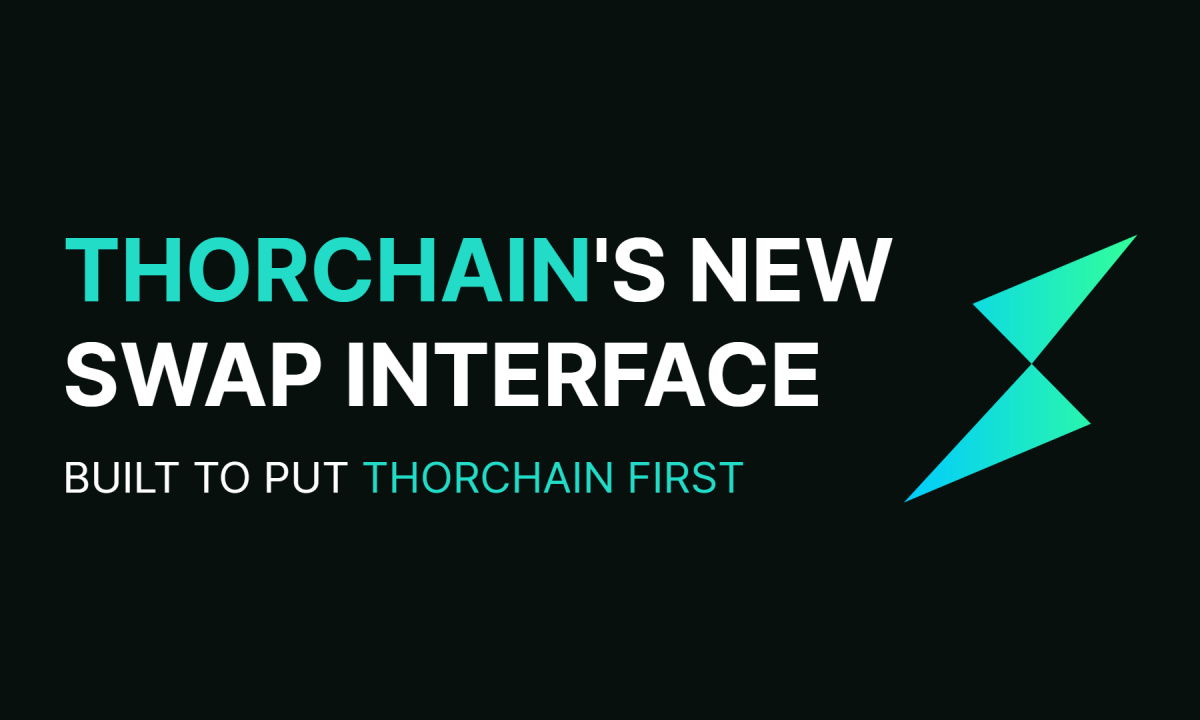NFTs were recognized as one of the fastest-growing asset classes.
With some NFTs selling for Million of Dollars, more users have been launching their NFT collections, including politicians, celebrities, sports persons, etc.
In a world where Fungible and Non-Fungible tokens have been gaining popularity, Semi-Fungible Tokens, or the SFTs, are the newest entrants, having opened the new world to possibilities.
However, SFTs and NFTs have both differences and similarities.
Before proceeding further, let’s understand both NFTs and SFTs in detail.
What are NFTs?
Non-Fungible Tokens refer to digital assets stored on the blockchain that is unique and cannot be interchanged.
Therefore, any asset, like paintings, literature, virtual land, etc., that is digital in form and has been recorded in the digital ledger can be minted as an NFT, becoming your digital collectible.
What are SFTs?
Semi Fungible Tokens are new hybrid tokens that showcase properties of both fungible and non-fungible tokens.
These tokens are interchangeable in the beginning, just like Fungible Tokens. This means that you can exchange these tokens for other tokens with a similar face value.
However, when they are interchanged, these tokens become non-interchangeable with a fixed face value without the possibility of going back to their original form.
For example, you have internal money in a combat game. This game money can be used to buy items within the game.
However, once you buy these items, the game money becomes the item that is the NFT. Therefore, it is essential to note that you cannot exchange these items for game money, other items, or real money.
Differences between Semi-Fungible and Non-Fungible Tokens
Semi-Fungible Tokens are a mixture of both NFTs and FTs. Hence, SFTs also have the properties of NFTs once the exchange is made on SFTs encashing on its FT properties.
However, there are some major differences between these two, discussed below:
-
Interchangeability
The primary difference between FTs and NFTs is that the SFTs can be interchanged initially, while NFTs cannot. For example, the Bored Ape Collection is a unique NFT collection.
Hence an exchange cannot be made for a Bored Ape NFT Collection for another NFT, as all these NFTs are unique.
However, in the case of SFT, like in-game money, you can exchange the game tokens for something that is of similar value.
But once the exchange is made, the acquired item becomes an NFT without any further scope for interchangeability.
-
Scope
From real estate to paintings, the scope of NFTs has become endless. Moreover, numerous real-time use cases have been found for the NFTs in real-time which has made them indispensable.
SFTs are a relatively new concept and are still to find more use cases. With a limited scope, most SFT uses are limited to DeFi gaming as in-game money.
However, if you believe the crypto and financial gurus, SFTs will become high-utility in the coming time as more developers research into SFTs.
Conclusion
Yes, SFTs are relatively new in the industry and are yet to find their use cases, while NFTs have already become indispensable.
As mentioned above, there are similarities and differences between NFTs and SFTs. However, it is too soon to give a definite meaning to the SFTs since the very nature of SFTs can change in the coming time with more research.










